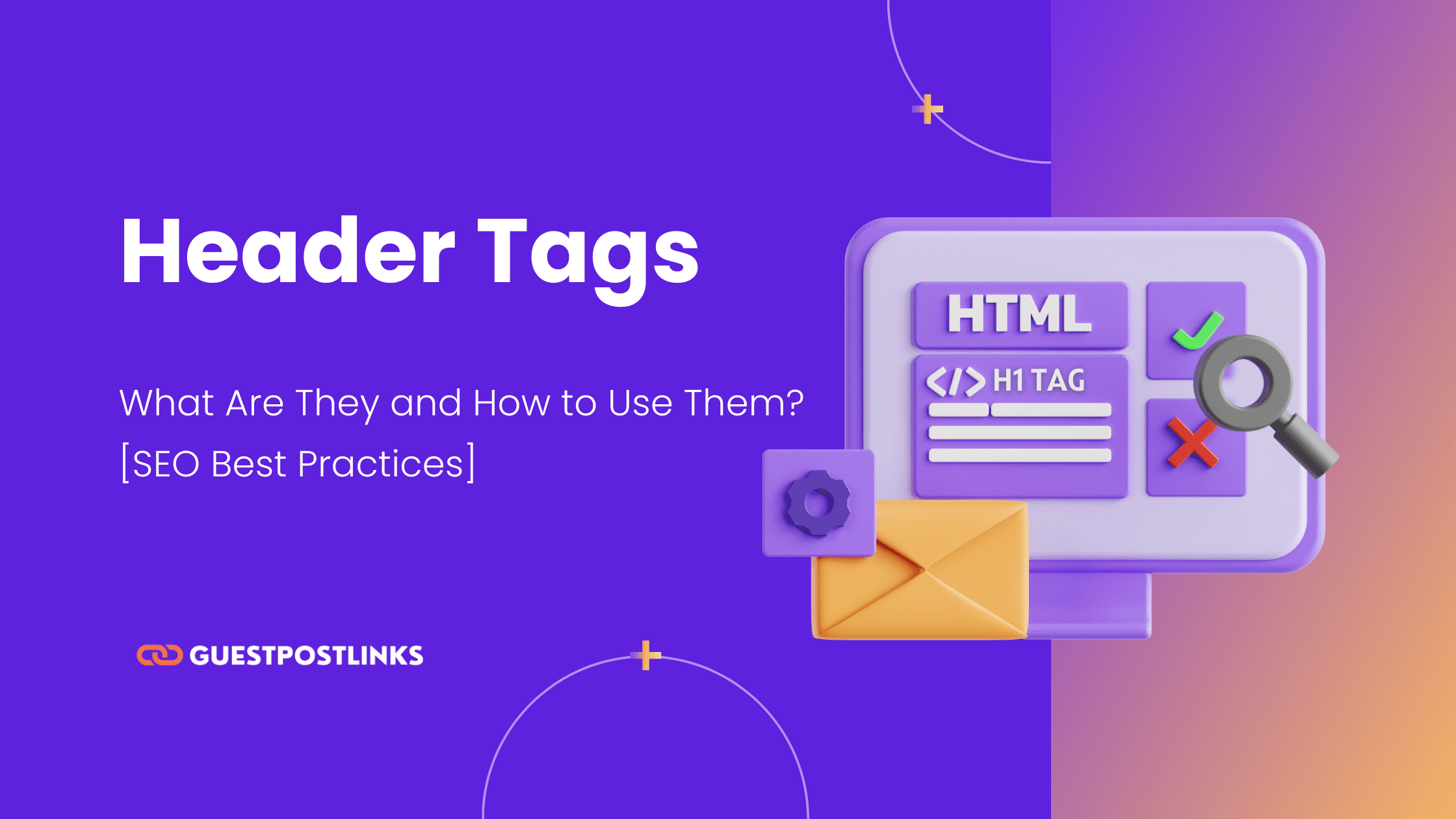Alt tags, also known as alt attributes or alt text, play a crucial role in optimizing images for search engines and improving website accessibility.
In this blog, we will explore what alt tags are, their importance for SEO, their purpose, and provide best practices for writing effective alt tags.
What is an Alt Tag?
Alt tags are HTML attributes used to provide alternative text for images when they cannot be displayed. They serve as descriptive text that conveys the content and context of the image to users and search engines. Alt tags are important for accessibility, as they enable visually impaired users and screen readers to understand the image content.
Why It’s Important for SEO?
Alt tags are vital for search engine optimization (SEO) because they provide search engines with valuable information about the images on your website.
Search engines rely on alt tags to understand the content of images and determine their relevance to search queries. Properly optimized alt tags can contribute to higher rankings in search engine results and drive organic traffic to your website.
What Purpose Do Alt Tags Serve?
Alt tags serve several important purposes:
- Accessibility: Alt tags provide alternative text for visually impaired users and assistive technologies, allowing them to understand and engage with the image content.
- SEO: Search engines use alt tags to index images and understand their relevance to search queries, potentially improving your website’s visibility in search results.
- User Experience: Alt tags help users comprehend the context and subject matter of images, enhancing overall user experience on your website.
Also Read: Internal Linking for SEO: What Is It and Best Practices to Boost It
Where is an Alt Tag Located?
Alt tags are included as attributes within the HTML code of an image. They are placed within the image tag using the alt attribute. Here’s an example of how an alt tag is implemented:
<img src="image.jpg" alt="Description of the Image">
How Do I Write a Good Alt Tag?
To write good alt tags, follow these:
Describe the Image as Specifically as Possible
Provide a clear and accurate description of the image content. Be specific and focus on relevant details that help users and search engines understand what the image represents.
Keep It (Relatively) Short
While it’s important to be descriptive, it’s also crucial to keep alt tags concise. Avoid excessively long alt tags as they may be flagged as spam by search engines.
Include Your Keywords
Incorporate relevant keywords that reflect the image’s content and context. This can help search engines associate the image with relevant search queries and improve its visibility in search results.
Avoid Keyword Stuffing
While keywords are important, avoid overloading alt tags with excessive keywords. Maintain a natural and readable alt tag that accurately represents the image.
Don’t Use Images as Text
Avoid using alt tags to replicate or replace text content that is better suited for HTML text elements. Alt tags are specifically designed to describe images.
Don’t Include “Picture of” or “Image of” in Your Alt Text
Search engines understand that alt tags describe images, so avoid using unnecessary phrases like “image of” or “picture of” in your alt tags. These phrases are redundant and add no value.
Also Read: What is Anchor Text? Why It’s Important & How to Optimize Link Text
Use Best Practices for Complex Images
For complex images like infographics or charts, provide a concise summary or key points of the image’s content. This helps users and search engines grasp the main message of the image.
Don’t Neglect Form Buttons
It’s important to provide alt tags for form buttons and other interactive elements on your website. This enhances accessibility and ensures that users with visual impairments can understand the purpose and function of these elements.
Conclusion
Alt tags are a vital component of optimizing images for SEO and improving website accessibility. By providing descriptive and optimized alt tags, you can enhance your website’s visibility in search engine results, drive organic traffic, and provide a better user experience for all visitors.
Check Also: Ultimate SEO Glossary: 499+ Essential SEO Terms You Need to Know!
FAQs
Alt tags provide alternative text for images and help describe their content to users who cannot see the images, such as visually impaired individuals or those using assistive technologies like screen readers.
Alt tag and alt text refer to the same thing, which is the alternative text used to describe an image. Both terms are used interchangeably.
In HTML, alt tags are added as attributes within the tag. The alt attribute is used to specify the alternative text for the image. It should be written as alt=”description of the image” within the image tag.





 No publishers in the cart.
No publishers in the cart.